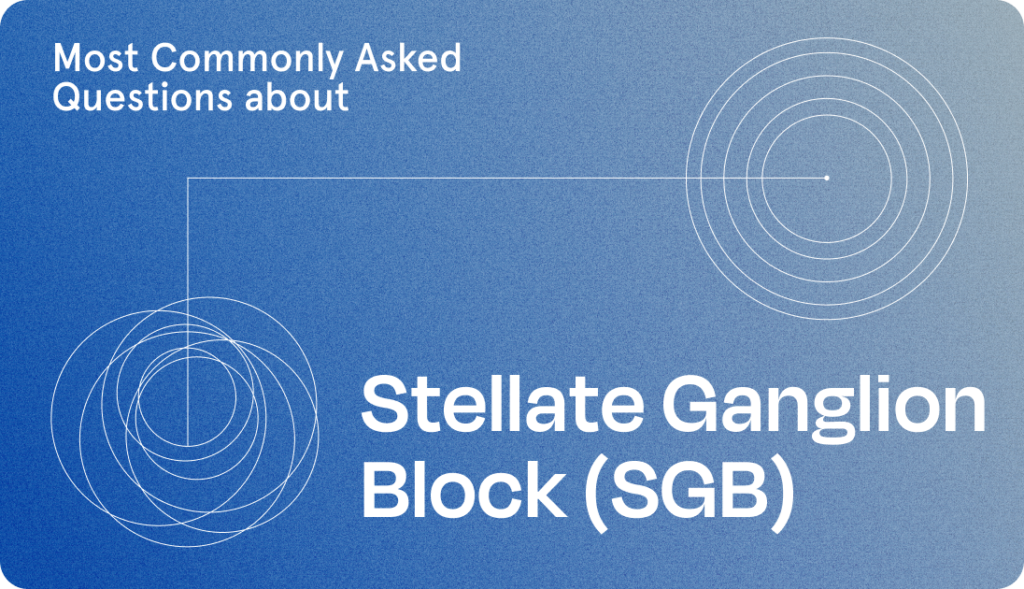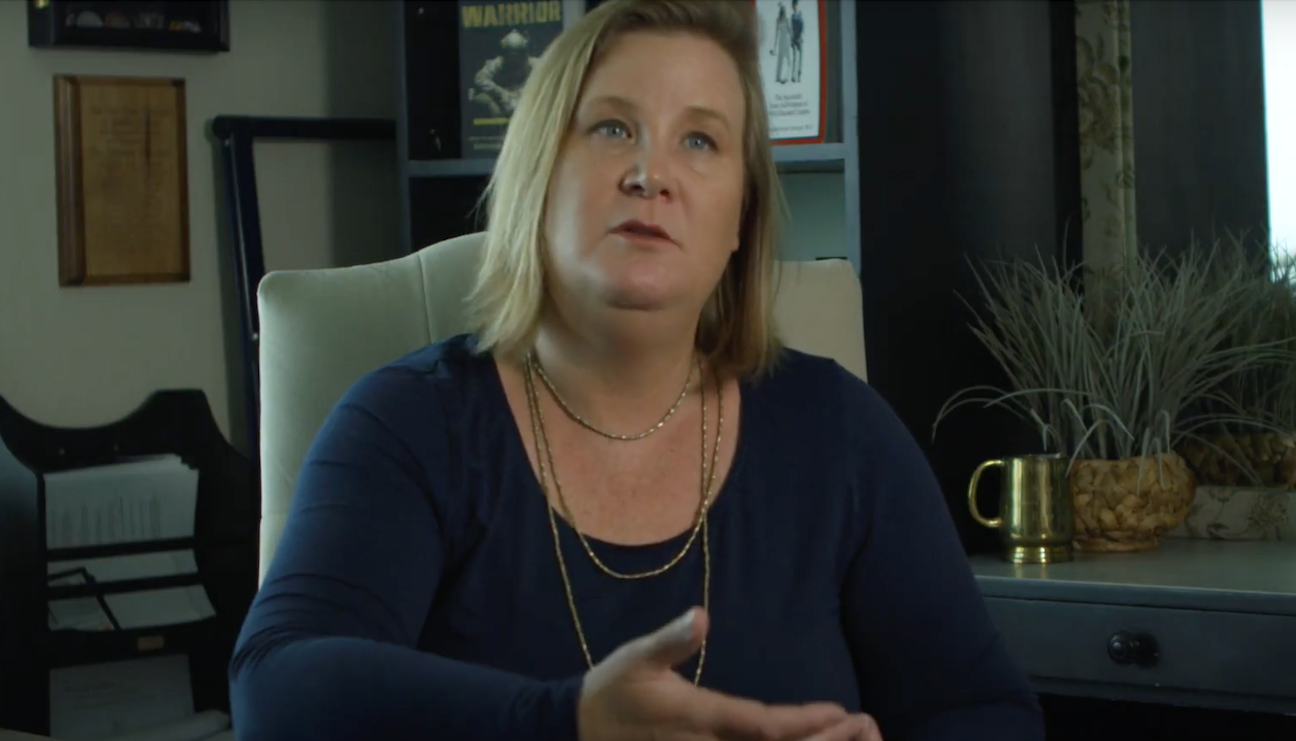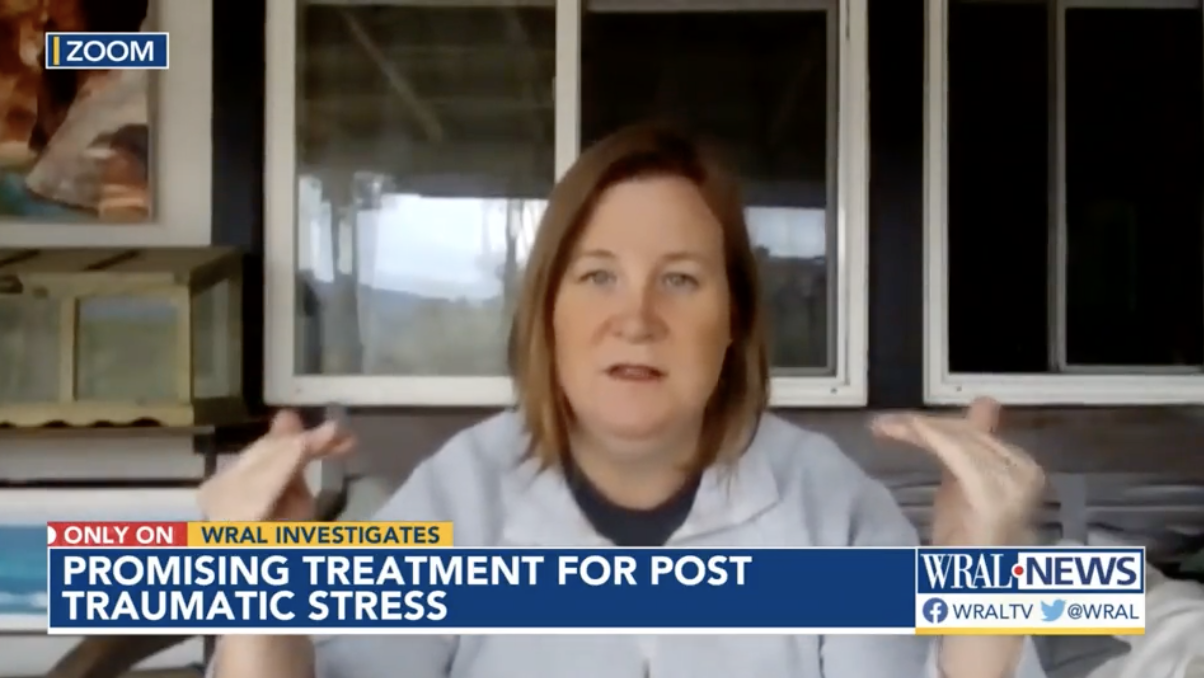Stella Spotlight: Symptoms, Stigmas and Innovation

At Stella, we continue to innovate like our lives depend on it. With any company focused on innovation, you must be agile and willing to take some risks. As executive leaders at Stella, Chief Growth Officer Matt Erley and Co-Founder and Chief Strategy Officer Michael Gershenzon face difficult, yet inspiring, challenges every day.
Recently, they sat down and shed light on the business side.
When asked what keeps Gershenzon motivated, he credited the weekly stories of how Stella has helped change a person and family’s life.
On the other hand, Erley credits culture for his drive.
“I’m motivated every day to change the stigma that emotional trauma is a disorder that can’t be treated.“
He notes that his biggest accomplishment as a business owner is building best-in-class teams and is only able to be successful because of the people around him.
Gershenzon had some advice for those starting, running and growing a business in today’s climate.
“In the beginning, you’ll have more bad days than good ones. Just remember that’ll change. You can do anything, but you can’t do everything. Let your team members own things – they’ll be better than you.”
Read the full interviews below:
Your Symptoms Are a Big Deal with Matthew Erley
Who is Stella?
Stella is building the leading platform to connect emotional trauma sufferers with the most innovative and high-outcome treatments. We are here to break the stigmas around emotional trauma and post-traumatic stress and help people find healing.
Tell us about yourself.
I’m a direct-to-consumer growth guy. I love bringing new products and services to market. I saw an opportunity to bring a more sophisticated approach to growth/marketing in the healthcare space and wanted to use my skill set to help people suffering from emotional trauma. I’m motivated every day to change the stigma that emotional trauma is a disorder that can’t be treated. Through a number of modern treatments, we can now treat the physical injury caused by emotional trauma and PTS. Sufferers can find relief.
What’s your biggest accomplishment as a business owner?
Building a best-in-class team that supports one another and our patients every day. I’m only able to be successful because of the people around me.
What’s one of the hardest things that come with being a business owner?
Facing challenges head-on is uncomfortable. You can’t hide or sit back and be passive as an executive. If there’s an uncomfortable situation, whether that be with an employee, a customer, or an external partner, I’ve learned to address it immediately. Especially in the age of remote work, picking up the phone to resolve an issue is so important.
What are the top tips you’d give to anyone looking to start, run and grow a business today?
- Keep moving and taking a step forward every day. Progress is everything. Optimize for it.
- Surround yourself with kind and supportive people (you will need them along the way).
- Remember your purpose and why you are building this business. It’s easy to let frustration and doubt creep in. Stay centered.
(Bonus) – Get some sleep. You will need to have lots of energy!
Breakthrough Treatments for Emotional Trauma with Michael Gershenzon
Who is Stella?
Stella provides innovative treatments for those suffering from debilitating mental trauma symptoms. Our clients are often those that have been unable to find relief with traditional modalities, such as pharmaceuticals, and have been searching for relief for years or even decades
Tell us about yourself.
I was working as an investment professional at a private equity firm when I was introduced to a doctor (Stella’s now co-founder) innovating in mental health. Shortly thereafter, the mutual friend that introduced us died by suicide, shocking us all. A month later, with the backing of the private equity firm for which I was working, we started Stella to help those suffering in silence find relief.
What’s your biggest accomplishment as a business owner?
The weekly stories of how Stella has helped change a person and family’s life.
What’s one of the hardest things that come with being a business owner?
Transitioning from being the only employee doing everything to building a quickly growing, incredibly talented team and stepping into a managerial role has been (and will continue to be!) an interesting challenge.
What are the top tips you’d give to anyone looking to start, run and grow a business today?
- In the beginning, you’ll have more bad days than good ones – just remember that’ll change.
- Articulate your mission on day one and care about it a lot.
- You can do anything, but you can’t do everything – let your team members own things – they’ll be better than you.
Is there anything else you’d like to share?
Make sure you’re long-term business model is sound – otherwise, you risk building a bridge to nowhere. That’s not to say you need to be profitable immediately – but you absolutely need to articulate how the company will be profitable long term.











